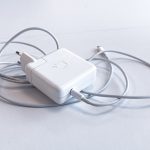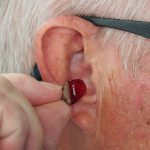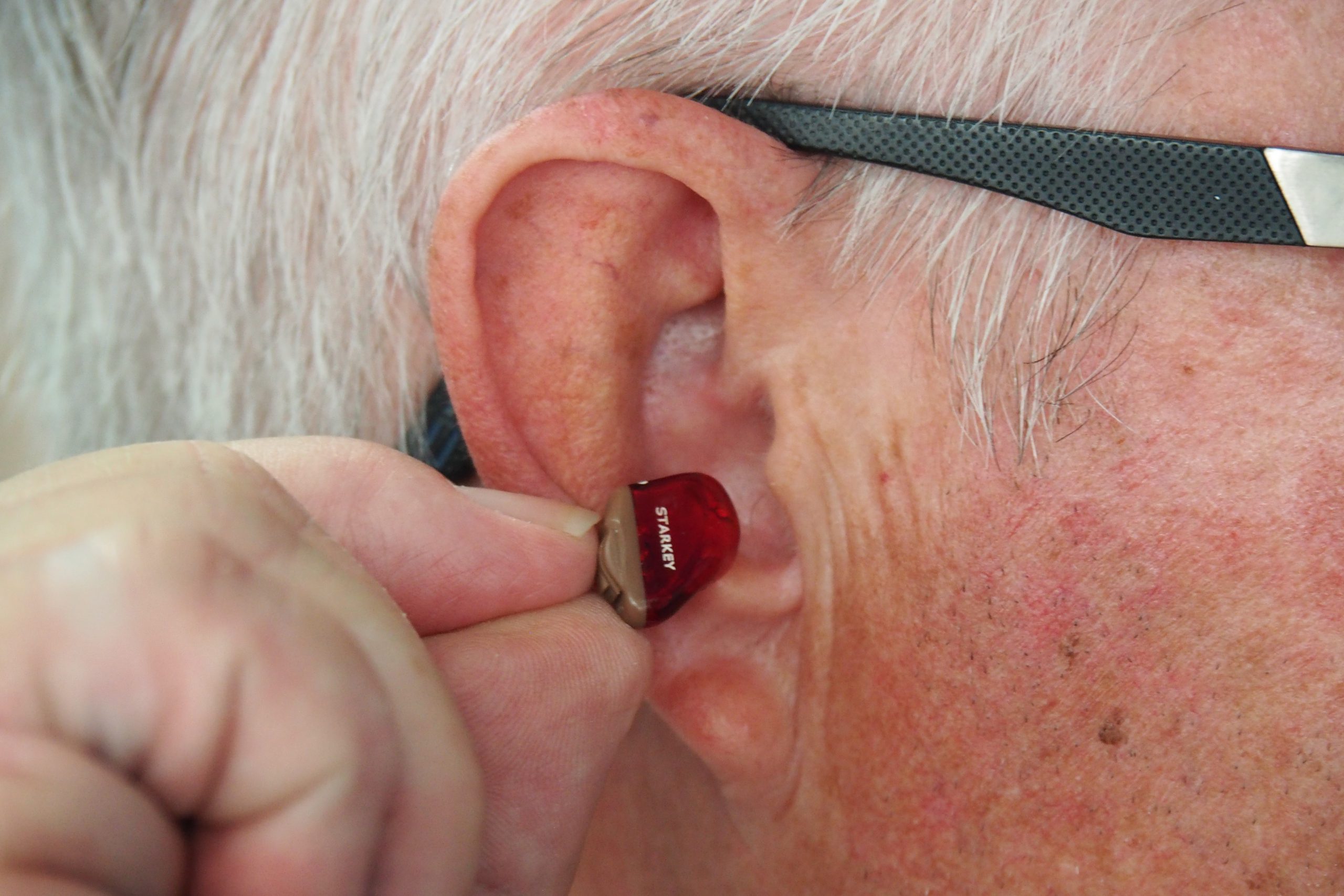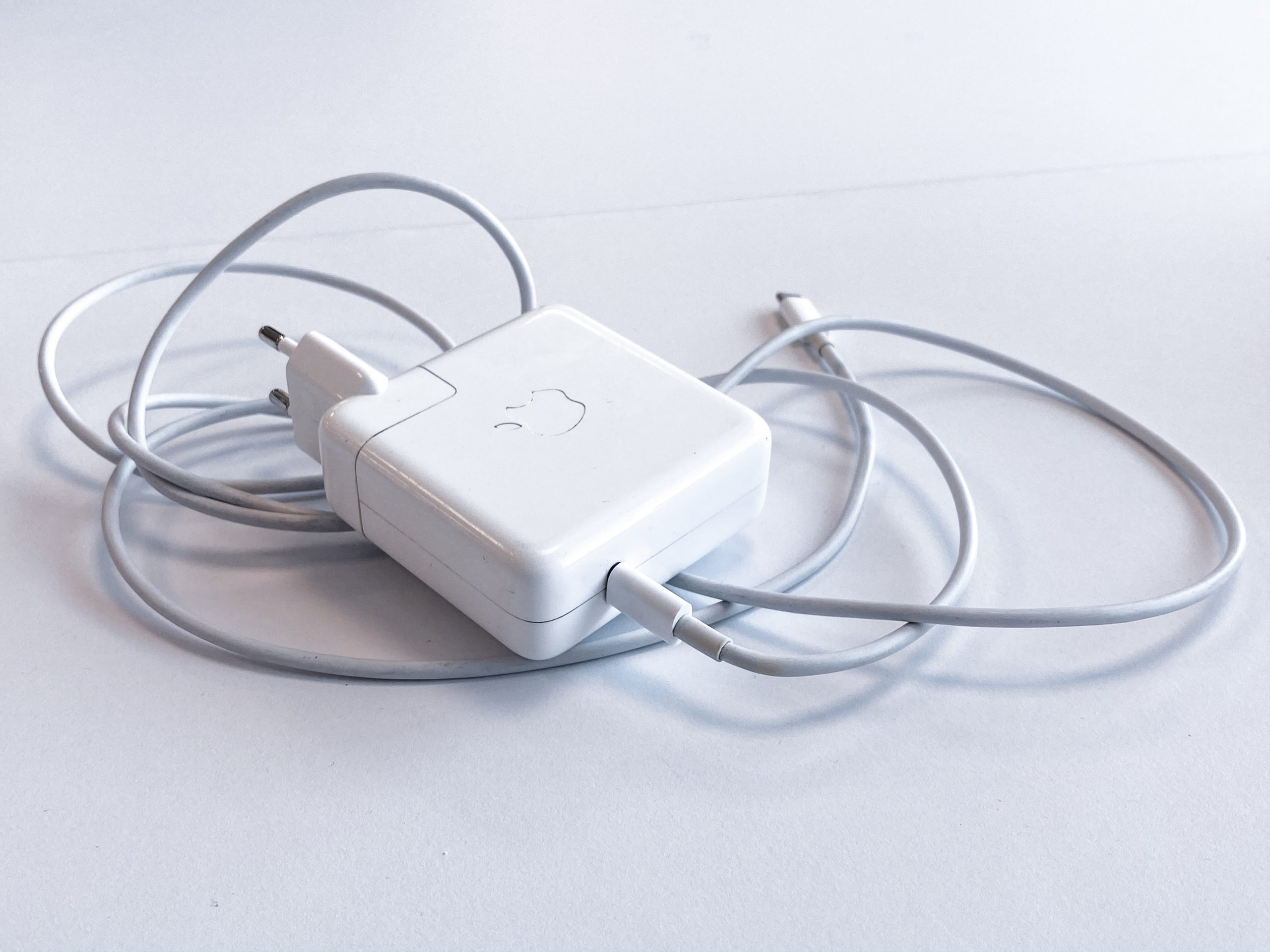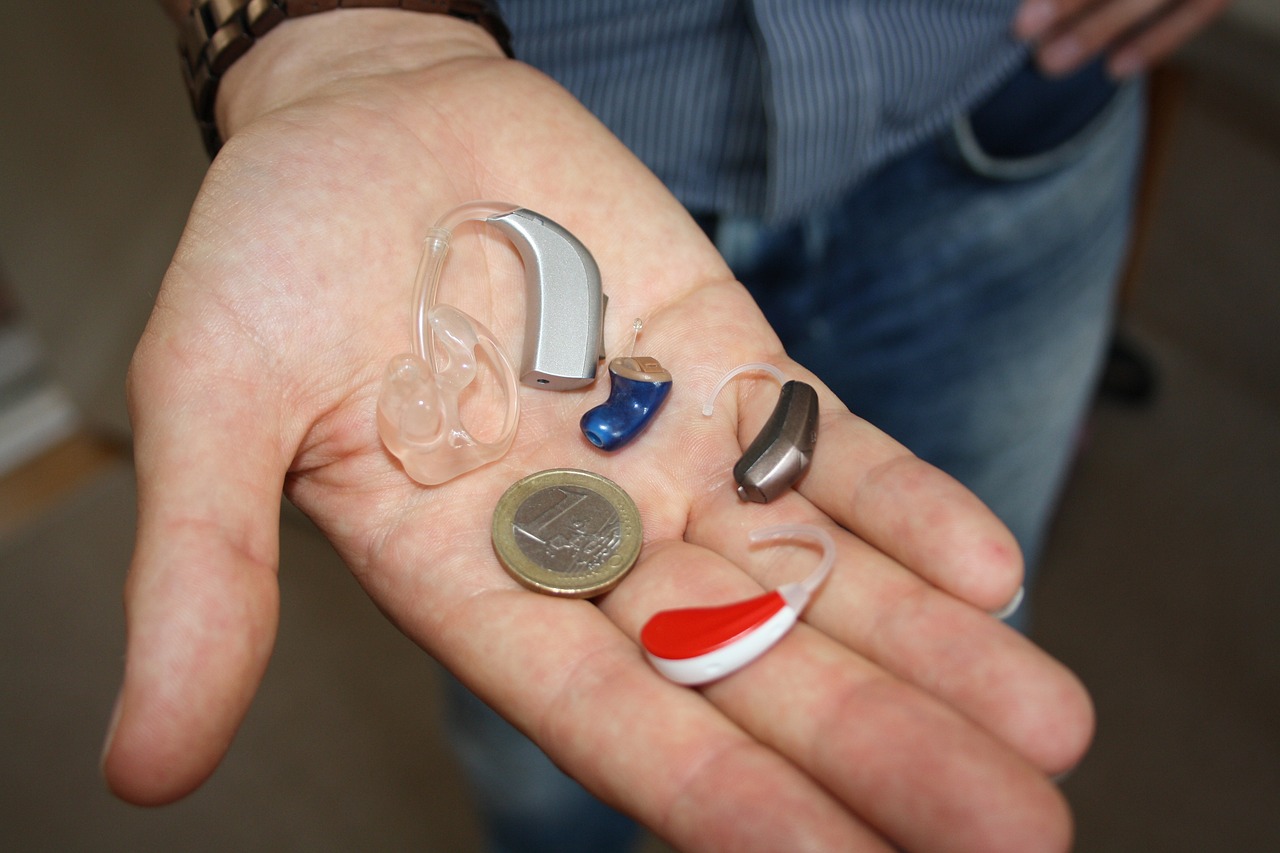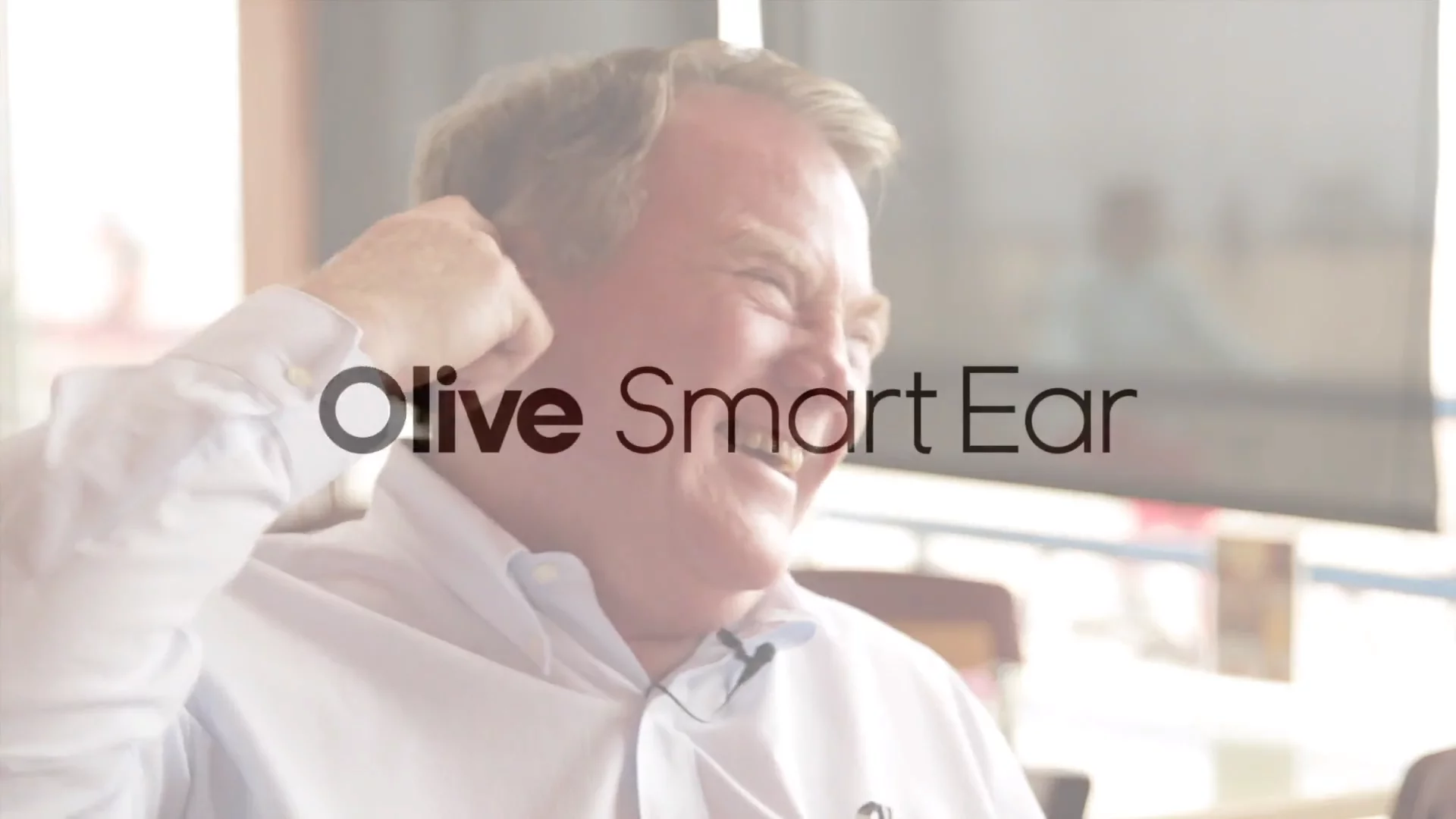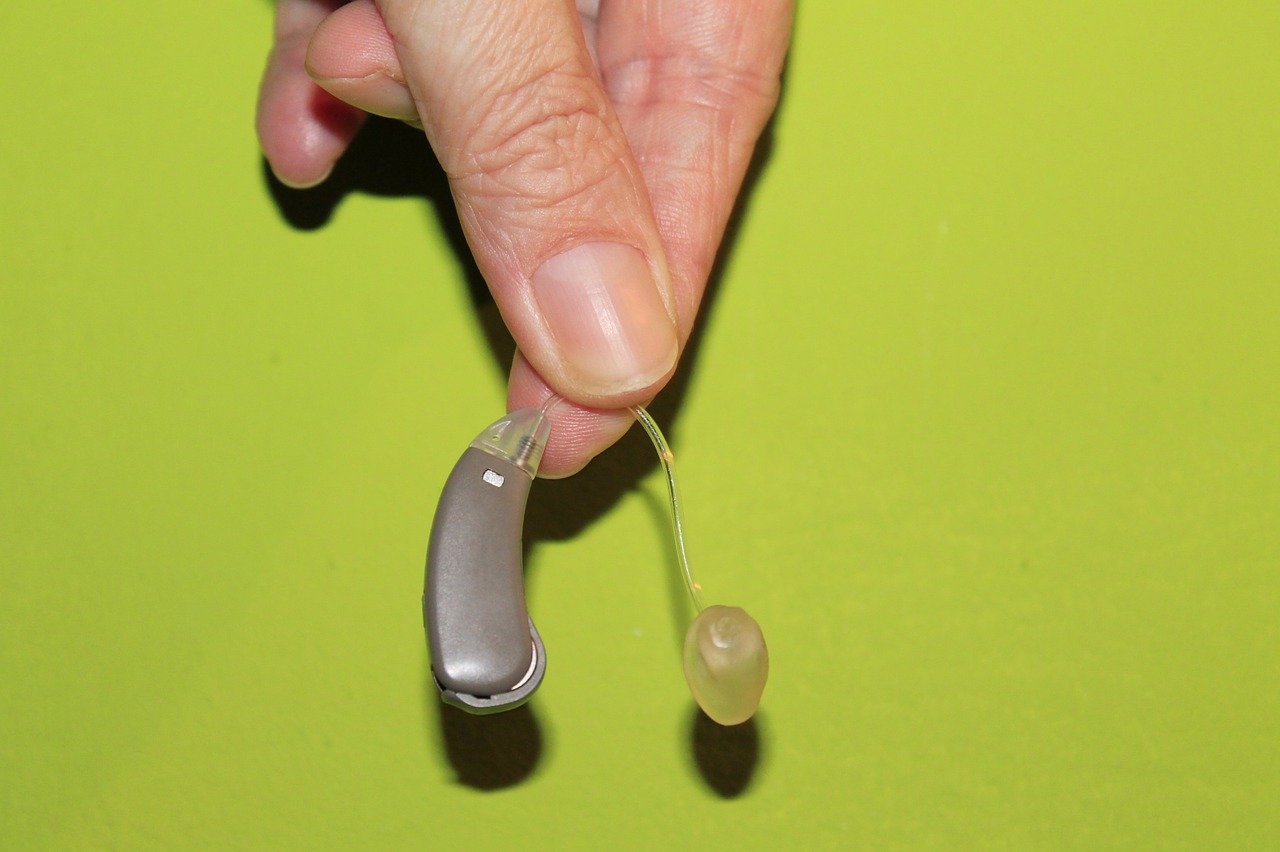
Making up 85% of sold hearing aids in 2018, behind the ear hearing aids (BTE) are the most popular and common type of hearing aid in the United States today.
But popular doesn’t always mean best! Take an in-depth look at the BTE hearing aid and see if it’s right for you.
Contents
What is a BTE Hearing Aid?
A BTE hearing aid consists of two parts; a dome compartment that sits on or behind your ear, and tubing that connects to a custom earmold that rests in the ear. The battery, microphone, controls, and all other important parts are contained inside the compartment. Sound travels from the hearing aid through the tubing and into the earmold. The earmold itself helps to conduct sound into the ear, reduce feedback, and prevent sound leakage among others.
BTE hearing aids are suitable for all ages and levels of hearing loss – no doubt one reason for their wide-spread usage.
Open Fit & Mini BTE Hearing Aids
Open Fit BTE hearing aid variations are quickly growing in popularity. Unlike traditional BTE hearing aids, whose tube and earmold work to block the ear canal, open fit BTE hearing have a thin plastic tube that connects to a tiny tip. This tip sits in the ear canal and does not block it, allowing for other sounds enter as well.
Open fit BTE hearing aids are often used together with mini BTE hearing aids; smaller, less powerful versions of BTE hearing aids that often can completely be hidden behind the ear.
Open fit and mini BTE hearing aids are much smaller and more discreet than traditional BTE hearing aids. Open fit hearing aids also give the user a more natural hearing experience, as they allow all sound and air in.
What Are The Pros Of Behind The Ear Hearing Aids?
Versatility
BTE hearing aids are the most versatile type of hearing aid. They can be used by most people for all degrees of hearing loss, especially very severe. BTE’s are especially recommended for children, due to their ability to accommodate various earmold types, which need to be replaced as the child grows.
The introduction of Mini BTE hearing aids has also widened options for potential buyers as well, giving them the choice for a smaller, more discreet look.
Features
Since they are the largest type of hearing aid, BTE often come with the most space for electrical components and features to be installed.
Many BTE use rechargeable batteries, saving you time and money by removing the need for replacement batteries. Simply charge them overnight while you sleep and you no longer have to worry about batteries again!
Other possible features include Bluetooth pairing, directional microphones, telecoil, and more.
Ease of Use
Due to all the important components being housed in the compartment that sits behind the ear, cleaning and maintenance of BTE hearing aids is much easier. They are less exposed to earwax and moisture, meaning they tend to last longer and require fewer repairs.
Their larger size also means cleaning is easier, their durability and make is sturdier than smaller models, and if you do decide to spring for a non-rechargeable model than changing batteries and settings requires less dexterity and coordination.
What Are The Cons of BTE Hearing Aids?
While being the biggest has it’s benefits, it undoubtedly comes with a few drawbacks as well. Since they are the largest type of hearing aid, BTE are also the most visible. This size also correlates to weight as well. Aside from being more visible, the compartment is going to be resting on your ears with a potentially noticeable heft. While some may be able to ignore this feeling, others will find it too much and may want to look into smaller or more discreet models.
Luckily mini BTE’s address these concerns, and are worth looking into. In addition, mini BTE’s can be more comfortable than traditional BTE hearing aids and are recommended for those prone to earwax buildup.
BTE hearing aids also have the honor of being glasses’ most hated style of hearing aid! The location of the compartment behind the ear directly clashes with the frames of glasses, leading to potential flying hearing aids when carelessly removing glasses. For tips and tricks on wearing them all together, check out our article on wearing hearing aids, glasses, and face masks.
The information in this guide has been written using the following reliable sources:
Statista.com, www.fda.gov, https://myhealth.alberta.ca


